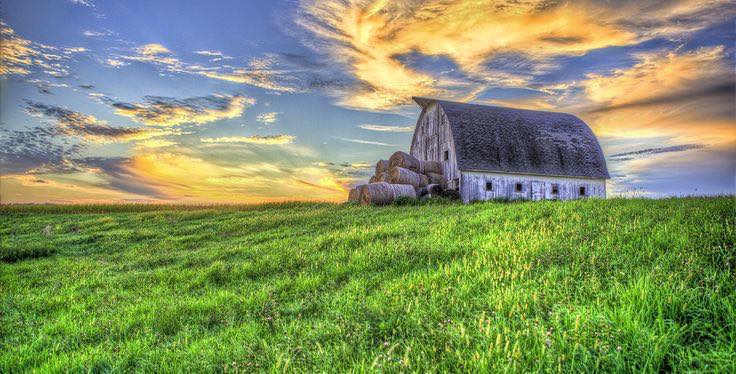No widespread decline in snow cover since 2000
Understanding the changes in snow cover is essential for biological and hydrological processes in the Tibetan Plateau (TP) and its surrounding areas. However, the changes in snow cover phenology over the TP have not been well documented. Using Moderate Resolution Imaging Spectroradiometer (MODIS) daily snow products and the Interactive Multi-sensor Snow and Ice Mapping System (IMS) data, we reported daily cloud-free snow cover product over the Tibetan Plateau (TP) for 2000–2015. Snow cover start (SCS), melt (SCM) and duration (SCD) dates were calculated for each hydrological year, and their spatial and temporal variations were analyzed with elevation variations. Our results show no widespread decline in snow cover over the past fifteen years and the trends of snow cover phenology over the TP has high spatial heterogeneity. Later SCS, earlier SCM, and thus decreased SCD mainly occurred in the areas with elevation below 3500 m a.s.l., while regions in central and southwestern edges of the TP showed advanced SCS, delayed SCM and consequently longer SCD. The roles of temperature and precipitation on snow cover penology varied in different elevation zones, and the impact of both temperature and precipitation strengthened as elevation increases.
Results
Based on the meteorological data, the TP showed an accelerated warming trend after 199822. However, as shown in Fig. 1a, the snow-covered area (SCA) over the plateau was relatively stable during the hydrological year 2000/2001 to 2014/2015, suggesting that snow cover of the TP did not show widespread decline over the past 15 years. The changes in snow cover phenology over the whole plateau also provided evidence that there is no significant decrease in snow cover (Fig. 1b). The SCD showed a decreasing trend with a rate of −0.24 day per year for the time 2000–2015. However, this tendency was not significant (P = 0.947). Similarly, although both the snow cover start and melt became earlier from 2000 to 2015 (Slope = −0.47 d/y and −0.15 d/y, respectively), the changes were not significant neither (P > 0.1).
Full paper
via The Global Warming Policy Forum (GWPF)
November 14, 2017 at 06:52AM
